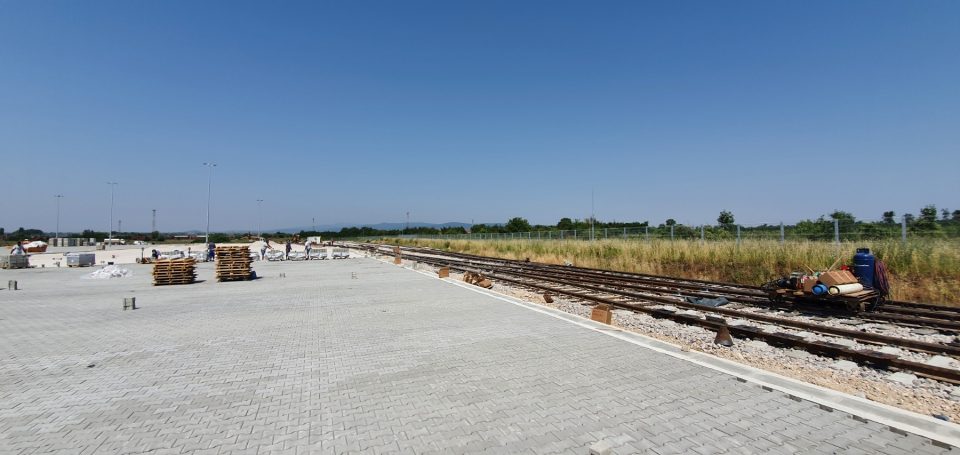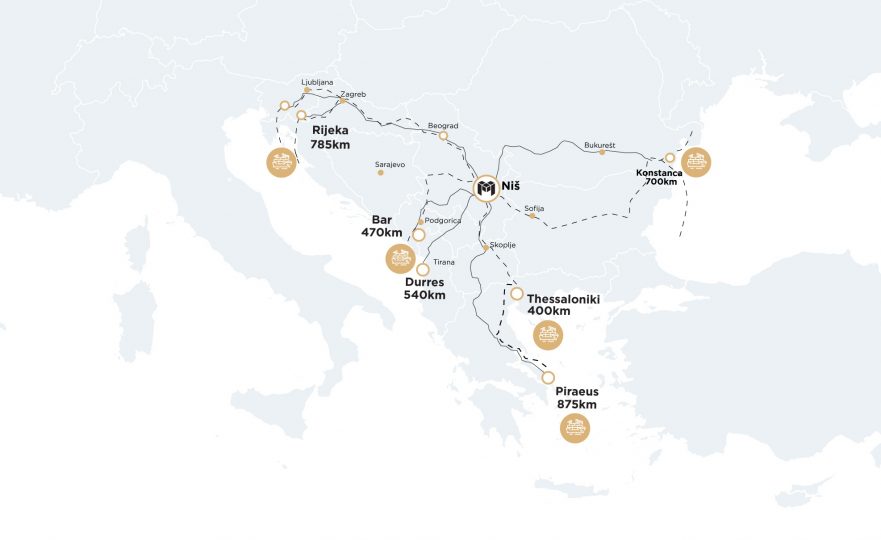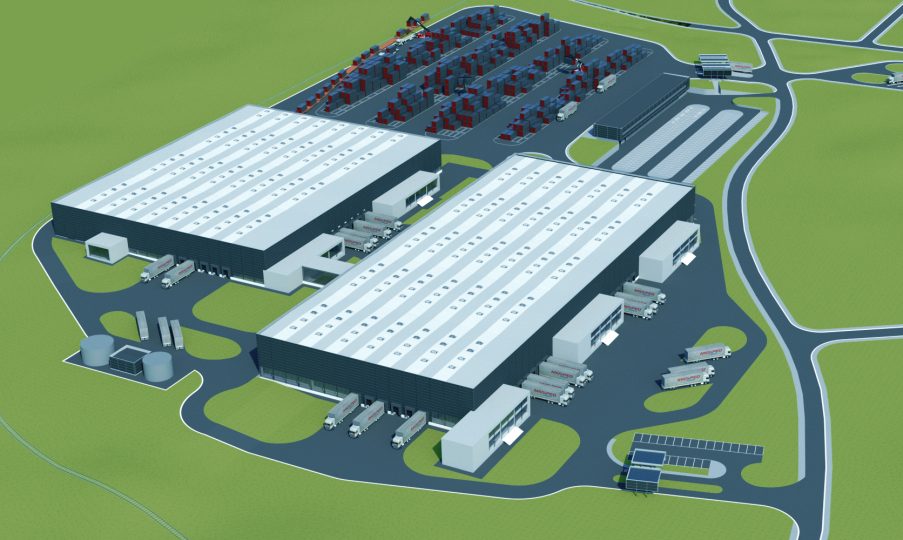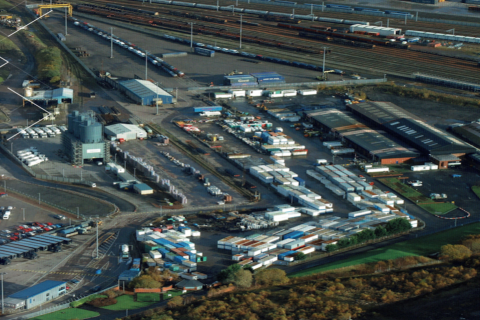New intermodal hub emerges in the heart of the Balkans

A new intermodal terminal is under construction in Niš, southern Serbia. Operated by MBOX Terminals d.o.o, the new terminal aims to become a Balkan hub. It begins its depot operations on 16 August, while by 1 November, it will be ready to accept the first trains.
Niš intermodal terminal covers a surface of four hectares, able to accommodate 2,200 containers simultaneously. Its capacity will reach 30,000 TEUs annually, while it will also offer warehousing services. Located in the heart of the Serbian industrial production, the terminal can gravitate much regional cargo for exports. Additionally, the fact that it’s very close to the central shunting station of southern Serbia combined with its rail capacity with three rail trucks will allow it to handle six to seven trains per day.
“The Serbian market does not have such a terminal at the moment. No investments and intermodal solutions take place, so we want to take it to another level. We are investing in modern software and operational solutions, and we want to make Niš a new hub for intermodal services”, narrates Dejan Nikolic, CEO at MBOX Terminals d.o.o.

Building on a crossroad
As mentioned before, the location of the Niš terminal is ideal. It is positioned in southern Serbia in a place bursting with industrial sites and companies looking for new ways to export their products. “There are large companies nearby. The production and industry sectors are located in central and south Serbia, so there is a lot of export demand but also import demand for materials”, says Nikolic.
On top of that, the Niš terminal can also cover the regions of Kosovo, western Bulgaria and North Macedonia. More importantly, it can become a reference point for traffic coming from all nearest ports and intermodal terminals. This is also one of its primary objectives.

Connecting to ocean lines
MBOX terminal wants to offer a new gateway for new ocean carriers on Serbian and regional markets. “Besides ports (Rijeka and Bar) and ocean carriers with a long tradition in Serbia, we also expect to connect with the carriers coming from Greek and Turkish ports. Therefore, we set up our dedicated block train service to and from Thessaloniki in Greece”, highlights Nikolic. Thessaloniki is 400 kilometres away from Niš, making the port an ideal destination for quick and high-frequency connections.
As Nikolic mentions, the terminal will begin with regional operations in Serbia. However, the connections with other regional ports will add value to the county’s market and the whole supply chain extending to central and western Europe.
Going intermodal
Niš terminal’s plans also include intermodal connections towards western and central Europe on one side and Turkey on the other side. Connecting with destinations in Austria, France, Germany, and the Netherlands is crucial. In this sense, an intermodal link with Budapest is the first step for access in these countries. Since Budapest is a hub, connections with other destinations in Europe will result effortlessly.
Niš terminal also sees immense potential in a future intermodal connection with Turkey. “Concerning Turkey, we think that a rail connection with the Istanbul area will be very interesting for the Serbian and regional intermodal markets,” says Nikolic.
Construction stages
Currently, the terminal is in the first phase of its construction. In this phase, construction works include building a container terminal with a parking lot and an administrative building on an area of 4 hectares. By the end of October, they will finish constructing the rail tracks and terminal. On 1 November, the terminal will receive its first train.

Phase 2 will involve constructing the terminal’s first warehouse building covering a surface of 15,000 square metres and including an internal railroad. This phase will conclude by the end of 2022. The third phase will be complete by the end of 2023 and concerns building a second warehousing facility covering 18,000 square metres.
As for the equipment, the terminal will operate with two modern reach stackers. It already has the first one, while the second one that will have a piggyback spreader for intermodal operations is in the test phase.
Also read:
- Copper from Serbia massively loaded on train to Port of Bar
- More rail freight through Greece: is it feasible?
- Bulgaria starts construction of the largest rail tunnel in the Balkans
- From sea to land, rail transforms transport through the Balkans
You just read one of our premium articles free of charge
Want full access? Take advantage of our exclusive offer




